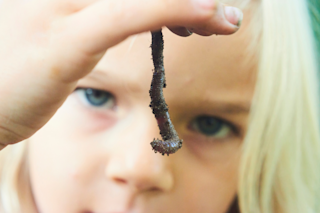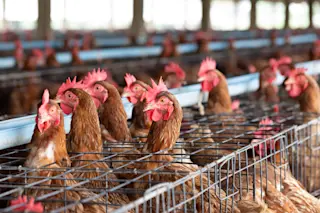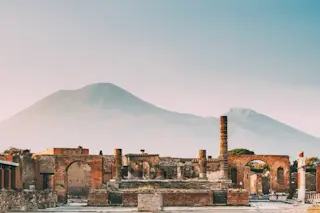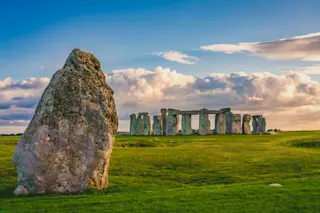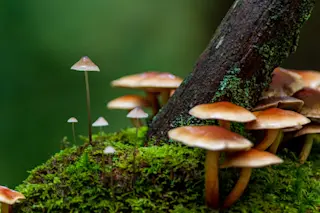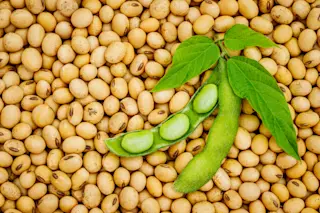Terroir. Tairrrr-wahrrrr. Roll those r's around your mouth as a Frenchman would. Gargle softly with them; squirt them through your teeth and from one cheek to the other, as if they were a 1990 Chambertin. Then go walking in late winter through the storied vineyards of Chambertin, in Burgundy, where great clods of thawed mud-terroir-will stick to your shoes. Scrape it off with a limestone shard you've plucked from one of the ancient crumbling walls. That, too, is terroir.
Does a vineyard's particular combination of dirt, rock, and exposure to sunlight-its terroir-leave an indelible mark on the wine? People in France say that vineyards just a stone wall apart-such as Chambertin and its neighbor Chambertin--Clos de Beze-will produce wines that taste different even if they are made in exactly the same way, because the terroir is different. The notion sounds mystical, even a little snooty to American ears. But lately ...



